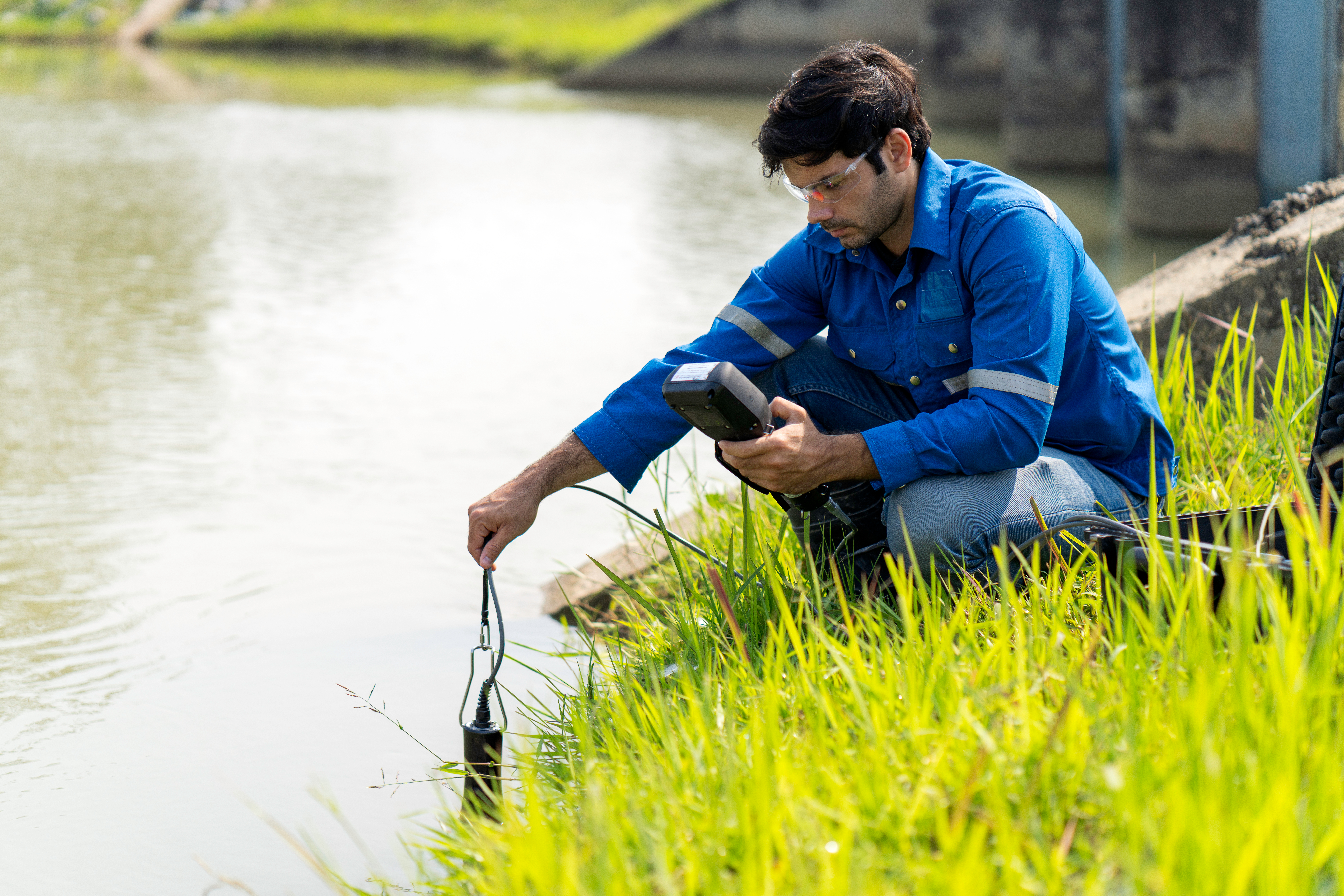New environmental monitoring requirements and how to meet them

Environmental monitoring is defined as the measurement and evaluation of physical, chemical, and biological indicators of an identified environment for a determined period of time, with the purpose of measuring the changes that can be generated in the environment.
The importance of environmental monitoring lies in the fact that it is the basis of environmental management, as it provides objective data on the effects of economic activity in a defined geographical area and therefore provides certainty as to the effects generated in the ecosystems and thus allows mitigation measures to be taken, if appropriate.
It is imperative to maintain a balance between the impact of business development and environmental and social aspects for the development of economic activity.
IIn this context, environmental monitoring has become increasingly important, where monitoring indicators such as water, air, noise, soil, flora, and fauna in proximity or involved in business activities, allows companies to know the characteristics of a particular place and carry out an informed and responsible decision-making process.
The Importance of Environmental Monitoring
Monitoring environmental indicators at all stages of the project allow for safe and responsible management, greenwashing is not an option.
In order to control the impact that the business generates on the environment, the main thing is to quantify the effects before deciding on an appropriate action plan. It is at this point where it is essential to keep a historical record of the state of the indicators, obtained through previous monitoring in order to observe trends, raise possible scenarios in the short term and obtain a projection of what will remain in the long term.
This task means generating a lot of data over a long period of time and the transformation of this data into valuable information for decision making is mandatory, not only for reporting to the authorities but also as part of corporate social responsibility.
This is where digital tools come into play because they allow the capture and/or recording of such data and transform them into management information, even allowing the issuance of early warnings against unexpected events, avoiding reaching emergencies. The correct analysis of this data allows us to have trends, make statistical projections, simulate scenarios, and also generate artificial intelligence models.
Elements of an efficient environmental management
In the current scenario, characterized by water scarcity, environmental monitoring is an activity of vital importance, where the information generated has diverse uses and applications for different instances and agents involved. Some elements to be considered in this process:
- Incorporate technology to do an efficient job (automation and system integrations).
- Integrate the agents involved in the generation of data, for example, laboratories with environmental component management tools.
- Identify all commitments associated with the environmental components considered in the project approval.
- Comply with the measurements associated with the monitoring plans committed to with the authorities in a timely manner.
- Periodically inform the communities and stakeholders in the areas of influence about the measurements and the level of compliance (avoids conflicts and provides hard data to face eventual accusations).
New requirements for environmental monitoring
Environmental Management is demanding and affects business reputation, so it is essential that the tool to be selected has some minimum features to meet the requirements and make the work efficient. These are the essential functionalities for an efficient and rigorous monitoring tool:
- Ease of data upload: Integration with laboratories or bulk upload of data delivered in spreadsheets or other readable media.
- Strategic vision of data: Grouping of monitoring plans into monitoring programs, centralizing and consolidating data to facilitate management.
- Compliance measurement: Automatic comparison of data received from the laboratory against the legal standard and/or an internal standard, identifying out-of-standard data with specific alerts.
- Notifications to responsible parties: Scheduled alerts to responsible parties to ensure the execution of measurements according to commitments with the authority.
- Data presentation and analysis: The generation of graphs and tables based on different types of users, periods, or specific operations facilitates the presentation and analysis of information.
- Geographic Management of Monitoring Plans: Views that allow seeing on a map and in a traffic light scheme, the behavior of the environmental indicators are measured according to their compliance.
- Data History: Maintain the complete history of the data during the project execution period.
The Best Monitoring Software in Latin America
IIn May, M-Risk will launch the best monitoring software in Latin America, positioning itself once again as the undisputed leader in the region. This new application comes with many new features that seek to streamline the entire process of environmental monitoring and significantly improve Environmental Management.
Part of the goal for this change is the ease of integration of the application with laboratories so that there is a natural flow without human intervention. It also validates the quality of the information provided and then automatically compares the measurements against the applicable regulations or any other internal standard defined by the company, generating automatic alerts for out-of-range values.
The demands of environmental monitoring and the exhaustiveness that stakeholders are requiring in their compliance is a global trend that cannot be ignored. Today, manual records and electronic spreadsheets are not enough and jeopardize the reputation of companies in terms of adherence and incorporation of sustainability as a real part of the organizational culture.
Software solutions that incorporate technology into business processes are part of the digital transformation, where sustainability is no stranger and is rapidly climbing positions in importance for long-term viability.



